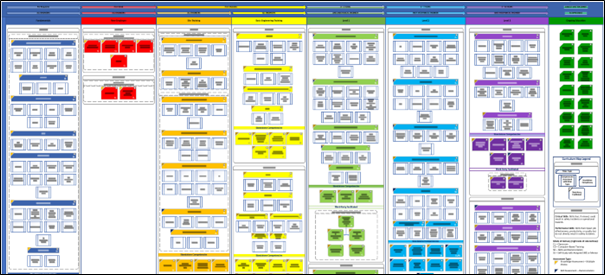Planning Your Training Budget with Clarity and Impact

Are you guessing at your team’s training needs? Scrambling to recall what should be included? Reacting to problems only after they appear? Or simply repeating last year’s spend without asking if it still fits?
These are common challenges organizations face during training budget planning, and they often lead to reactive decisions rather than proactive workforce development.
Why training budgets often fall short
During budget season, refinery leaders (and, really, leaders in any industry) are under pressure to hold OPEX flat and justify every line item while still demonstrating progress in safety, compliance, and operational excellence. Training often gets caught in the middle: everyone agrees it’s important, but it’s difficult to tie directly to ROI. What we see as a result is that training spend is prioritized after incidents, audit findings, retirements, and sudden employee departures. In practice, this turns training initiatives into firefighting instead of supporting sustained employee growth.
Taking such a reactive stance results in spending that’s difficult to control, ultimately leading to unpredictable costs. Money gets spent in bursts, but the deficiencies remain hidden until they become urgent and the organization carries more risk than anyone is comfortable with.
Curriculum maps: A structured approach to planning
Instead of firefighting, training can be transformed into a strategic workforce investment with curriculum maps – a structured, role-based way to visualize employees’ skill journeys from onboarding to mastery. Curriculum maps provide managers with a framework that:
- Defines the skills needed per role and level
- Highlights competency shortfalls
- Demonstrates how training and skill development connect directly to closing gaps and supporting business needs
When that development structure is in place, budget planning feels very different. You’re no longer scrambling to remember what training is needed for your team in the next year and beyond. You can walk into budget meetings with a clear, defensible plan that ties employee capability to dollars in a way that finance and senior leadership can stand behind. Imagine the difference when the conversation shifts from justifying expenses to confidently securing the budget that grows your team’s skills and prepares them for the future.

A typical curriculum map showing the progression of engineering skills from entry to senior levels.
Where does your team fall on the training spectrum?
Every organization manages training differently, and those approaches typically fall along a spectrum. Are you working reactively, or are you using a framework that makes training decisions feel predictable and easier to explain? Understanding where your team sits can help you identify both risks and opportunities for growth.
Reactive: Training happens after a problem appears.
- “We had an incident, so now we’re training for it.”
- “Someone left, and now we realize no one else knows how to do it.”
Preventive: Training is planned based on known needs.
- “We have a calendar of training events.”
- “We make sure people go through onboarding modules.”
Proactive: Skill development is strategic and role-specific.
- “We know what each role requires now and in the future.”
- “We use maps to guide growth, succession, and readiness planning.”
Implementing curriculum maps can change the way you plan for training: instead of chasing problems and putting out fires, you can secure the resources to build skills proactively. The process is clear and impactful, enabling planning that’s both simpler and more strategic.
How to make your budget planning more effective
By using structured planning tools like curriculum maps, organizations can move from reactive spending to long-term workforce advancement. This shift makes budget conversations clearer and easier to connect directly with business goals. Becht has worked with many clients to successfully apply this framework, and our team is always available to share lessons learned that could benefit your organization. Contact us to start the conversation.
Like what you just read? Join our email list for more expert insights and industry updates.






